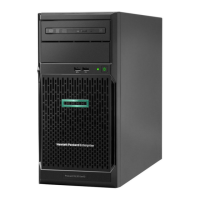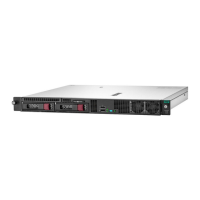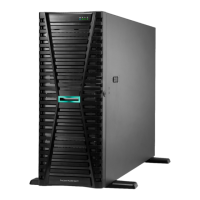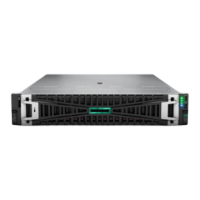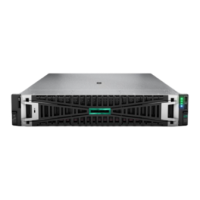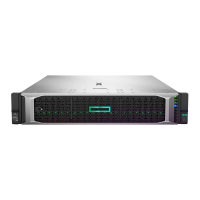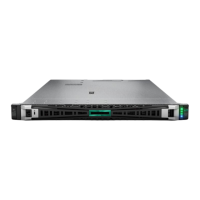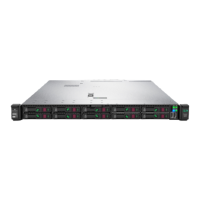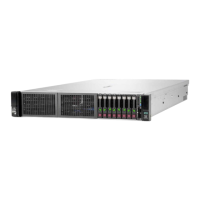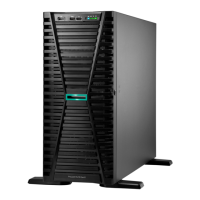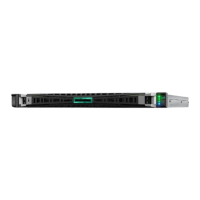long as no two failed drives belong to the same mirrored pair. The total drive count must increment by 2
drives.
This method has the following benefits:
• It is useful when high performance and data protection are more important than usable capacity.
• This method has the highest write performance of any fault-tolerant configuration.
• No data is lost when a drive fails, as long as no failed drive is mirrored to another failed drive.
• Up to half of the physical drives in the array can fail.
RAID 1 (ADM) and RAID 10 (ADM)
In RAID 1 (ADM) and RAID 10 (ADM) configurations, data is duplicated to two additional drives. The
usable capacity is C x (n / 3) where C is the drive capacity with n drives in the array. A minimum of 3
drives is required.
When the array contains only three physical drives, the fault-tolerance method is known as RAID 1
(ADM).
88 Hardware issues

